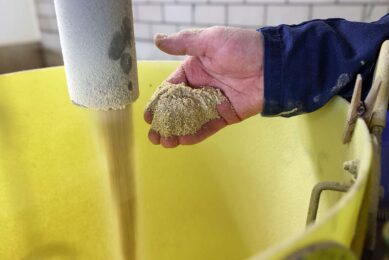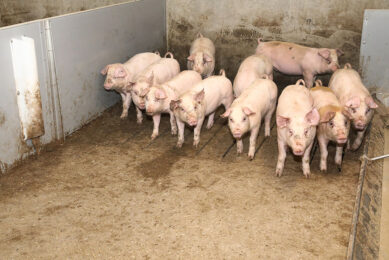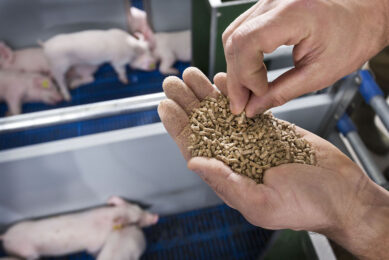Antibiotic resistance still an issue in EU and US

Despite declines of in-feed antibiotics (totally in the EU and partly in the US), resistance issues are still a problem, according to scientists and livestock industry members.
The 2005 DANMAP report from the Danish government’s programme for surveillance of European antimicrobial resistance, the most recent statistics available says: “Antimicrobial consumption in food animals is still low compared to the total consumption before the cessation of growth promoter use.” A chart in the report also says antimicrobial use in animals levelled in 2004 and 2005. At the same time, the use of antibiotics in humans has held steady from 1997 – 2005.
US cuts back on antibiotics
The FDA says about 70% of infection-causing bacteria are resistant to at least one of the drugs most commonly used to treat infections in humans. The FDA site does not say where these bacteria acquired their resistance, but says use of antibiotics in animal feed can cause microbes to become resistant to drugs used to treat human illnesses.
The FDA says about 70% of infection-causing bacteria are resistant to at least one of the drugs most commonly used to treat infections in humans. The FDA site does not say where these bacteria acquired their resistance, but says use of antibiotics in animal feed can cause microbes to become resistant to drugs used to treat human illnesses.
In the US, sub-therapeutic antibiotic use in livestock and poultry feed has declined in the last three years, according to Ron Phillips, vice president of legislative and public affairs for the Animal Health Institute. Antibiotics are being removed from animal feeds because consumers want them removed. In July 2005, the FDA removed its approval for Baytril for use in chicken feed because of its similarity to human antibiotics and concerns about resistant diseases. “These trends correspond to an increase in therapeutic use to treat a higher numbers of sick animals or birds. “It is precisely what is taking place in Europe,” Philips added.
Veterinarian response
An Iowa veterinarian also said there is talk among pig producers of cutting back on antibiotics in feed, but “it’s a necessary part of production.” They are fed not only as a growth promoter but to prevent pneumonia and scours, or diarrhoea, he said.
As if to underscore this need, the FDA recently approved another antibiotic for feed use in pigs, although it is to be done by “veterinary directive” only, the Iowa veterinarian said.
An Iowa veterinarian also said there is talk among pig producers of cutting back on antibiotics in feed, but “it’s a necessary part of production.” They are fed not only as a growth promoter but to prevent pneumonia and scours, or diarrhoea, he said.
As if to underscore this need, the FDA recently approved another antibiotic for feed use in pigs, although it is to be done by “veterinary directive” only, the Iowa veterinarian said.
The answer: Few and effective
According to Michael Hansen, senior scientist at the Consumers Union, which publishes Consumer Reports, the ideal rule-of-thumb is to keep livestock away from antibiotics unless they are needed, and then to treat as few as possible with an effective dose.
According to Michael Hansen, senior scientist at the Consumers Union, which publishes Consumer Reports, the ideal rule-of-thumb is to keep livestock away from antibiotics unless they are needed, and then to treat as few as possible with an effective dose.
Related links:
For information on Feed and AGPs, visit AllAboutFeed.net
 Beheer
Beheer








 WP Admin
WP Admin  Bewerk bericht
Bewerk bericht